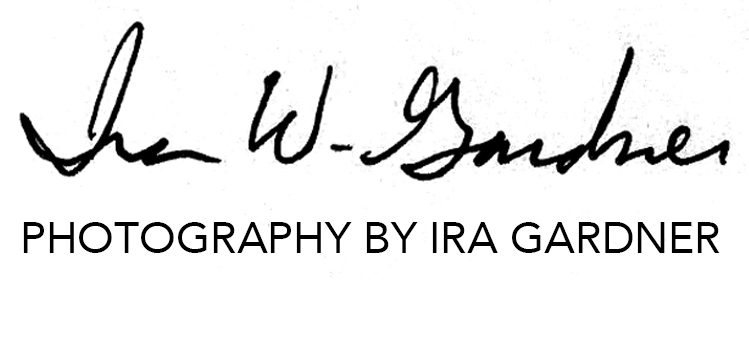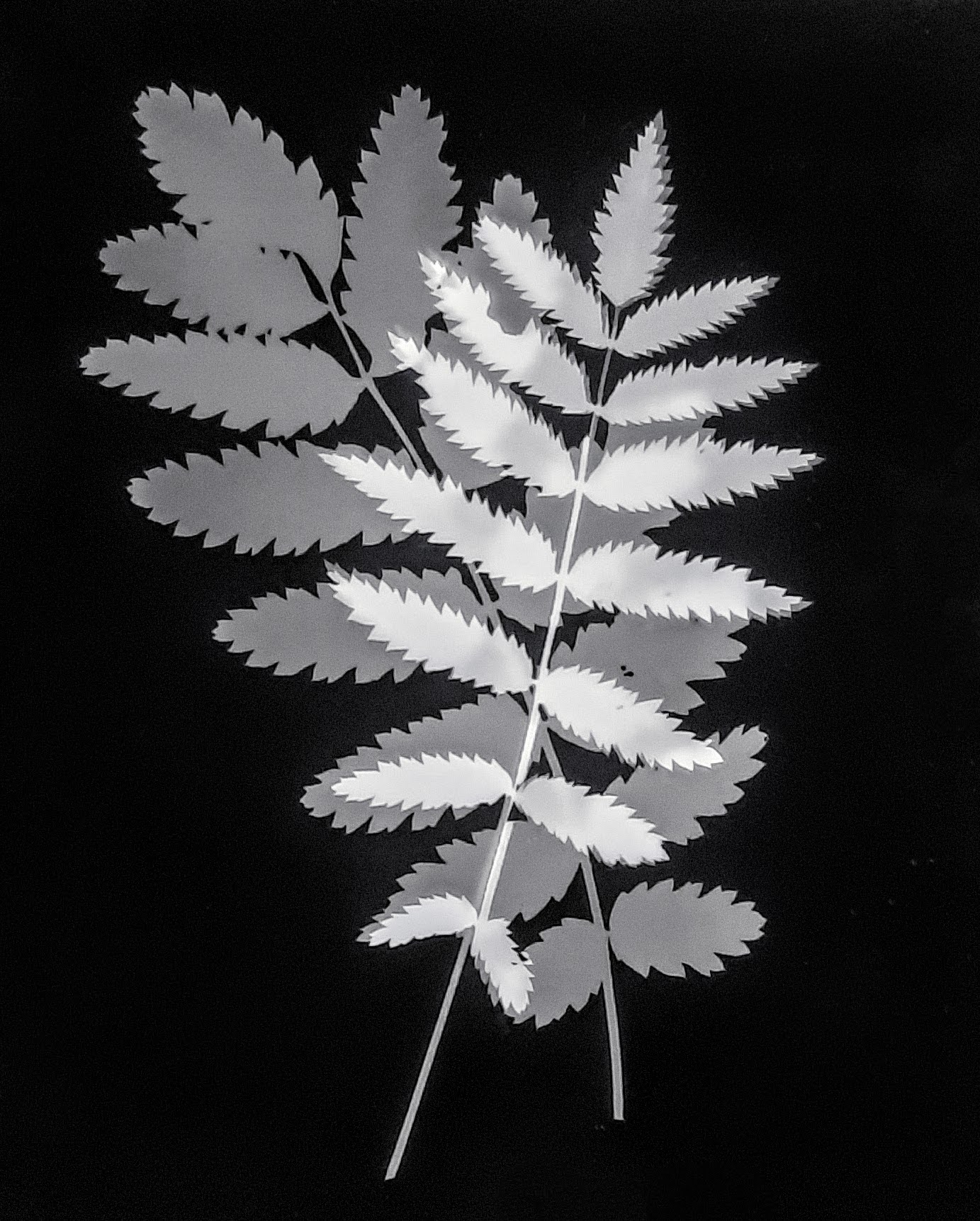
A medium of reproduction
I’d like to ask a question about whether or not photography can really be creative? While the obvious answer is yes, I would guess that most people don’t ever really contemplate what it means to be creative or how to make creative photographs.
The reason I think this question about whether or not photography is creative is a really important one is because we all make photographs in one form or another and yet very few could be qualified as innovative or creative. I think the question of how to make a creative photograph is especially important because photography is a medium of reproduction rather than creation of something new. It is a medium that is used to record and document the world. Early film photography offered irrefutable evidence that the subject in front of the lens existed at that particular moment in time.
Furthermore, I think the issue of creativity with photography should be foremost in the mind of every person who aspires to work professionally as a photographer. Aspiring professionals are faced with the challenge of knowing there is an overabundance of imagery delivered to us for free each day from around the world. The average person is exposed to anywhere from 3000 to 10,000 images per day. So how are professional photographers to earn a living in a field of work that is saturated with free images?
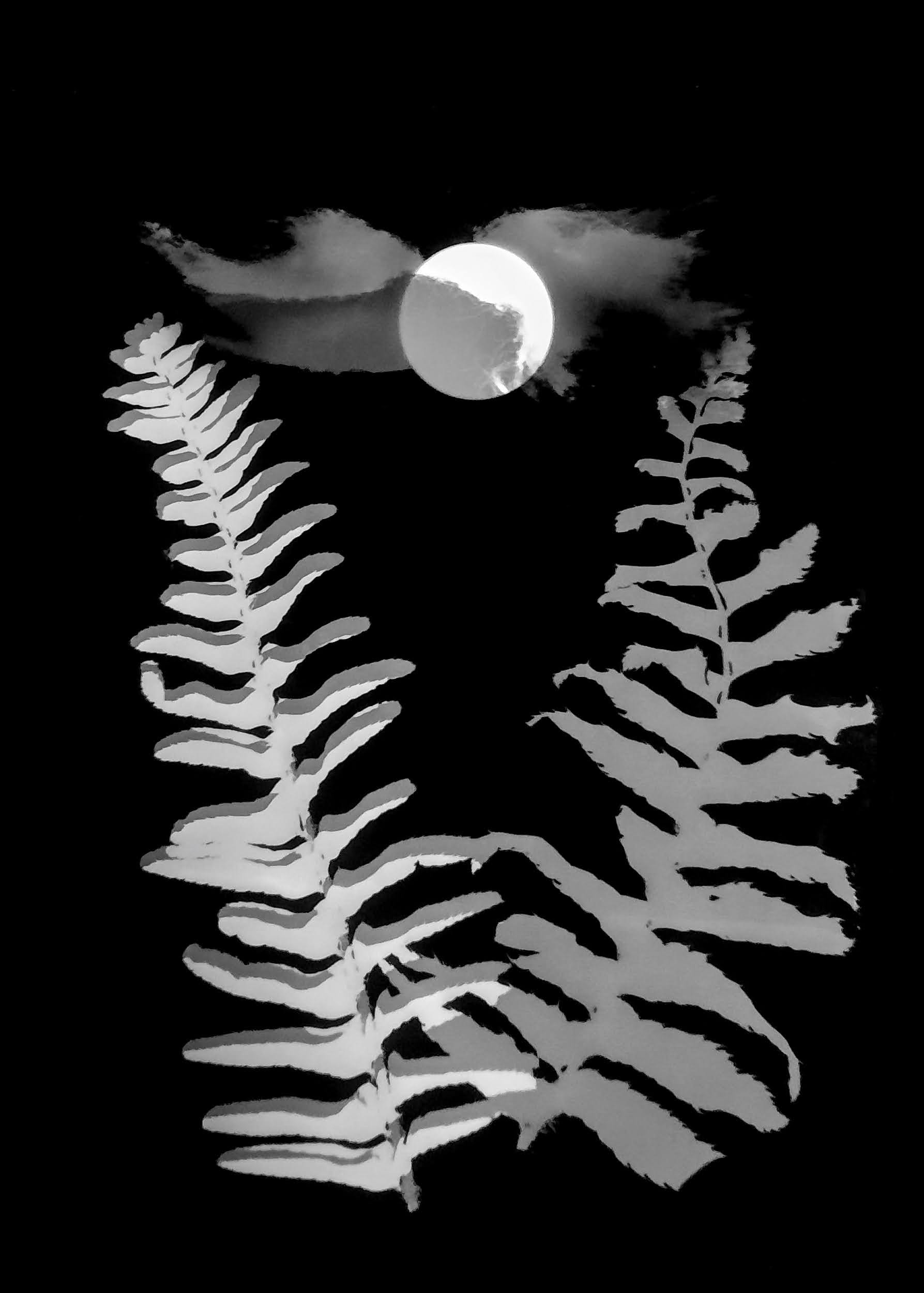
Amateurs not welcome!
When I began my career in photography there was a barrier to entry that required me to spend thousands of dollars for professional camera gear. My college education was primarily filled with learning photo chemical formulas and technical camera movements necessary to achieve a sharp image that could be enlarged to the size of a billboard advertisement. Just making a proper exposure of a subject was enough to secure employment.
By comparison, today’s smartphones have sophisticated cameras built into them that offer a higher resolution than the film cameras I started out with and virtually every person above the age of three on the planet can make a photograph by simply tapping a an icon of a button on a touch screen.
If I were to define the problem facing professional photographers as being simply a matter of disruptive technology in the modern world I would be ignoring the history of photography. Going all the way back to 1897 Alfred Stieglitz said:
“It was undoubtedly due to the hand camera that photography became so generally popular a few years ago. Every Tom, Dick, and Harry could, without trouble, learn how to get something or other on a sensitive plate.
And this is what the public wanted – no work and lots of fun. Thanks to the efforts of these persons, hand camera and bad work became synonymous.
The climax was reached when an enterprising firm flooded the market with a very ingenious hand camera and the announcement “you press the button and we do the rest!”
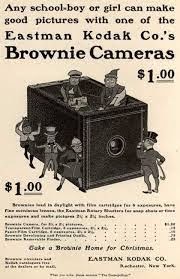
Technical skills no longer needed
What’s interesting about this advertising for the Kodak Brownie camera is that this was the moment that photography separated the technical from the aesthetic. Prior to the Kodak Brownie, if you wanted to do photography you needed to make your own film emulsion and you had to coat plates, perform manual photochemical processes, and you had to build a dark room or travel with one on a wagon. There were a lot of technical aspects necessary to make a photograph and it was very hard to get a decent image.
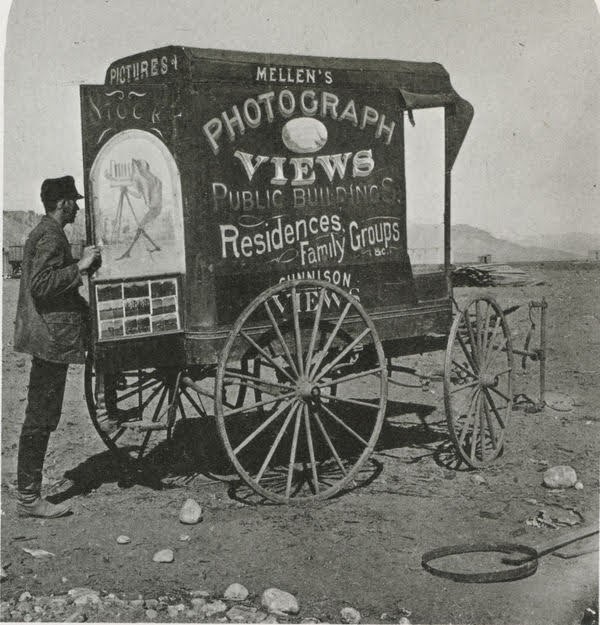
The Brownie camera had the same qualities of using a smartphone today. In fact, when I pull out my smartphone all I have to do is push a button and I create a photographic image.
I’m not dismissing the technical skills necessary to do great photography but what I’m saying is to create a photographic image all you have to do is push the button so I think it’s worth revisiting this question about what is creative photography?
Professional cell phone photographer?
In the hands of an expert like Pulitzer Prize winning photographer Damon Winter, a point and shoot camera can produce profound work, therefore photography is not about expensive gear and it hasn’t been since at least 1897. Damon winter used a cell phone camera and the Hipstamatic app to document the war in Afghanistan. Another AP photographer David Guttenfelder did the same using an iPhone and a Polaroid Filter.

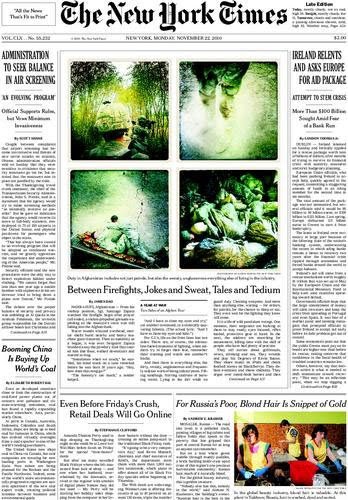
Unlimited supply of free images
When you consider how many photographs are being uploaded to the internet day after day you have to think about what you are going to be able to do that is original and creative because they all start to look the same. This is an ad several years ago from instagram that talked about how if you were to print all the photographic prints uploaded each daym, you would have a stack of photographic prints that would reach beyond the empire state building in just 37 minutes, and you would have a stack of photos reaching higher than Mt. Everest at the end of 12 hours!.
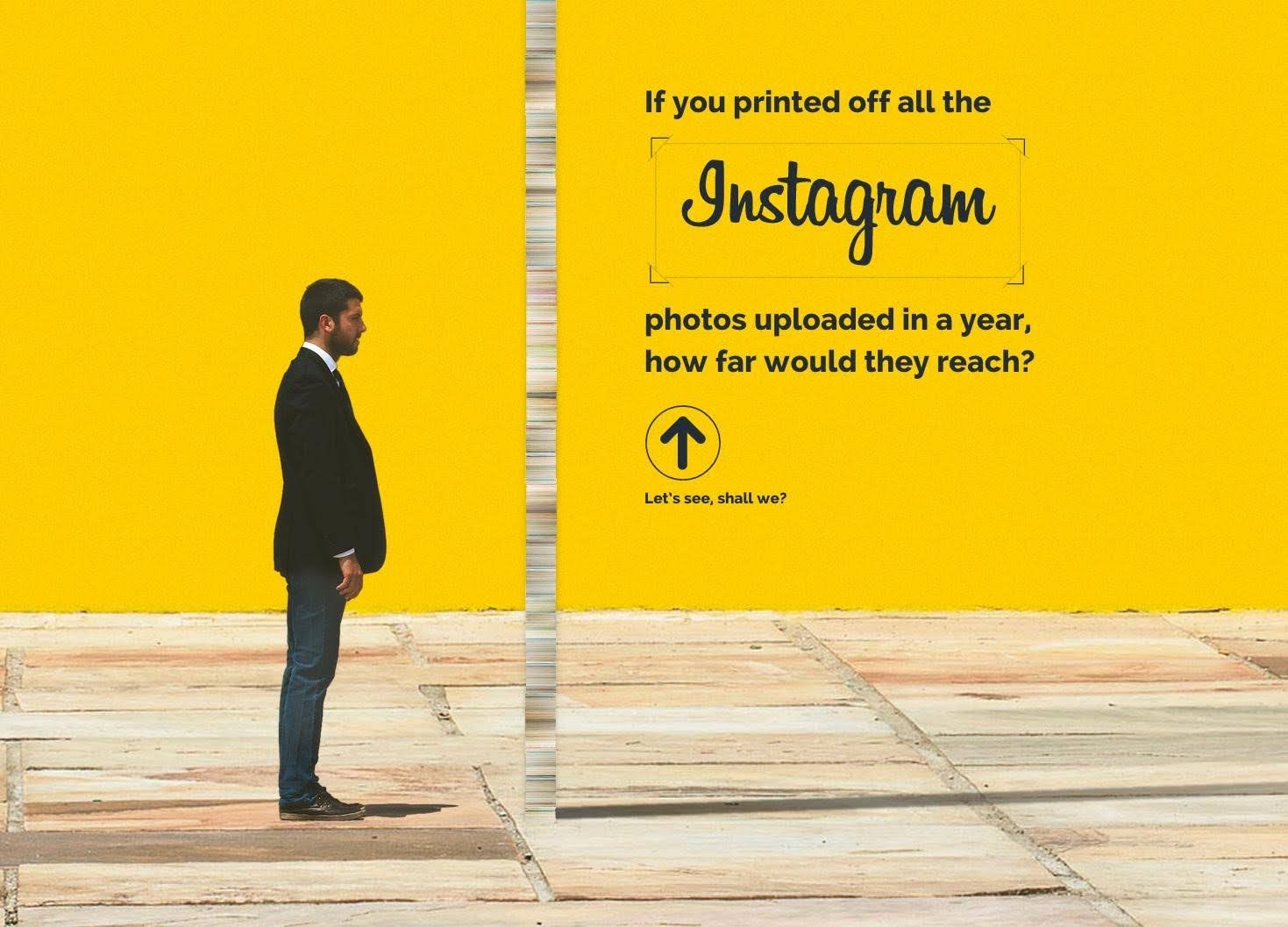
Everyone is taking the same photographs
Here is a google image search of sunset photos. These images are really about reproducing a phenomena rather than being creative. Pointing a camera towards a sunset by itself doesn’t constitutes a creative act.
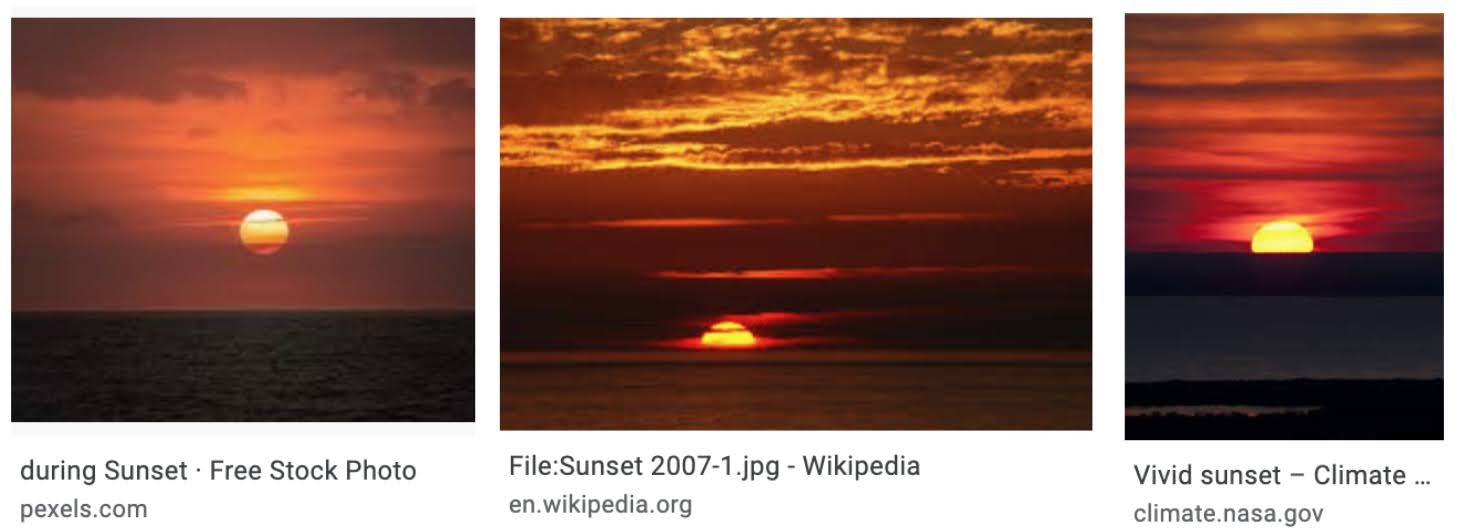
unless there is some other unique elements in the frame.
Here is another example of the kinds of photographs that get uploaded to the internet on a worldwide basis. There was a total solar eclipse back in 2017. I drove down to Oregon and I got to see the eclipse and photograph it through my friends telescope. My photographs looked like all the other millions of photographs of that same event.

How can this be considered creative photography?
Selfies and travel photos are not very creative
If you travel internationally, guess what? You’re likely making images from the exact same spot that other tourists made them. In fact, if you go driving down the highway you will see those blue scenic viewpoint signs that tell you to pull over and take a photo! Is this really creativity?
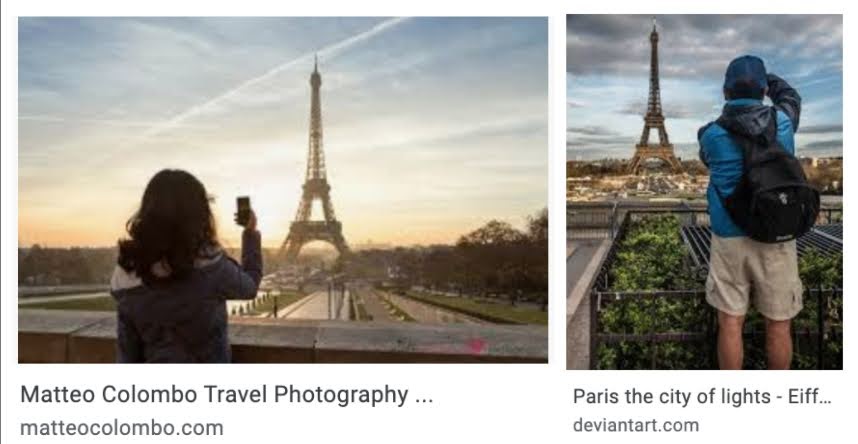
The selfie is another photograph extremely common these days. There isn’t anything really unique in these images. Translating a physical likeness into a photographic image is not a creative act.

This is why I think we need to talk about creativity and develop some strategies for making photographs that are creative. In the next series of posts I will look at ways to define creativity and how we can apply creativity to photography.
